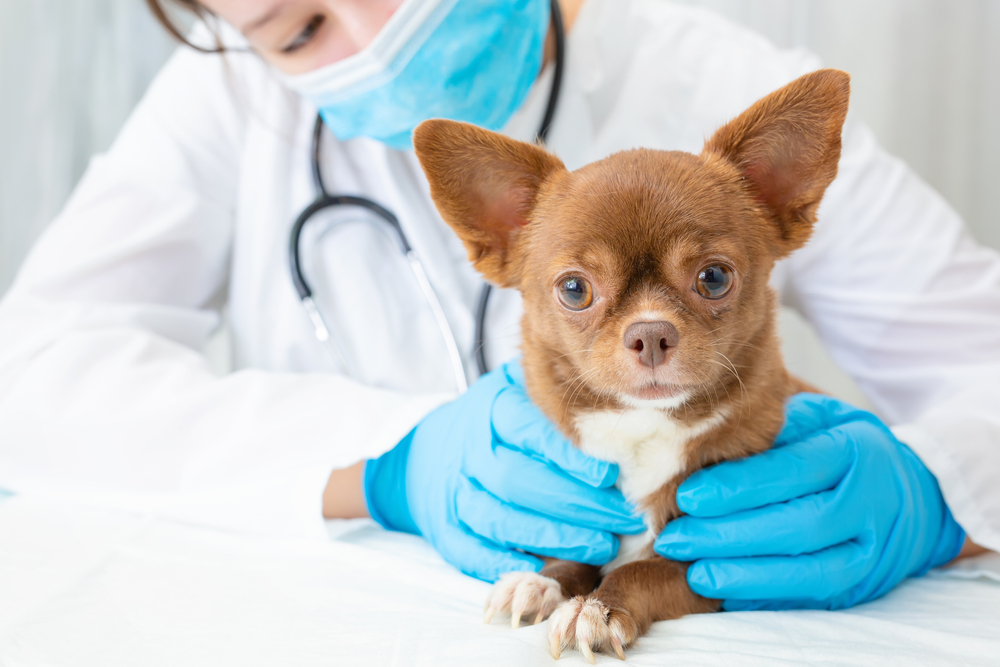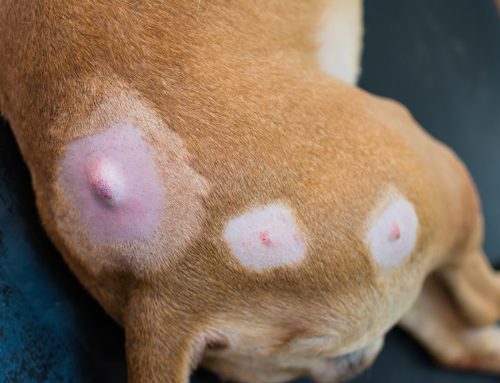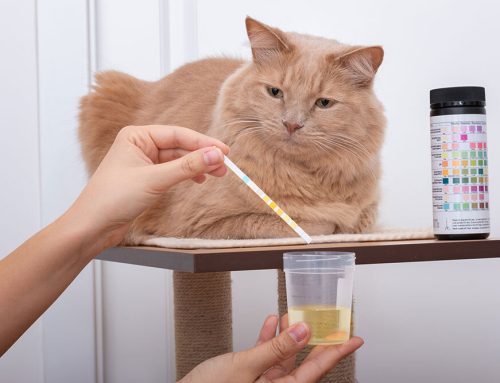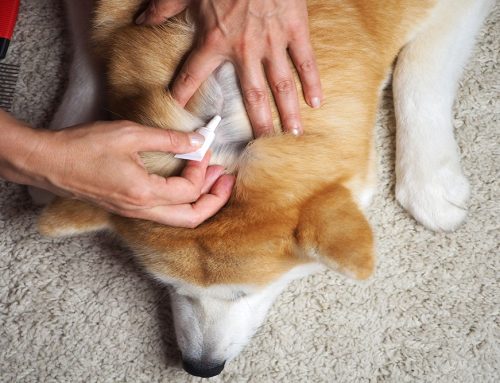Garfield is the quintessential fat cat, but his fluffy physique puts him at risk for several serious health complications. Pet obesity is common in the United States, with family veterinarians considering more than half their pet patients as overweight or obese. This is not surprising, since most pets portrayed in the media are overweight, so pet owners think the condition is normal. Our Palm City Animal Medical Center team decided, therefore, to collaborate with the Garfield and Friends crew to get their take on the situation.
Garfield: “Lasagna is my favorite food, and my favorite pastime is napping. I don’t see the problem with this lifestyle.”
Palm City Animal Medical Center (PCAMC): A few extra pounds can make a big difference for your pet. Pets are considered overweight at 10% over their ideal weight and obese at 30% over their ideal weight. This is significant, because carrying excess weight puts your pet at higher risk for several serious health issues, including:
- Diabetes — Similar to humans, overweight pets, especially cats, are at higher risk for diabetes mellitus. This condition can lead to significant health problems, such as cataracts, high blood pressure, hypoglycemia, diabetic ketoacidosis, and chronic kidney failure.
- Cancer — According to the Centers for Disease Control (CDC), obesity is linked to 13 cancer types in humans, and research suggests excess weight greatly increases your pet’s cancer risk.
- High blood pressure — Overweight pets are at higher risk for high blood pressure, which leads to complications such as retinal detachment, congestive heart failure, and stroke.
- Chronic kidney failure (CKF) — High blood pressure can also cause CKF, a disease that doesn’t typically manifest clinically until the condition is advanced.
- Arthritis — Studies have demonstrated that overweight and obese pets are at higher risk for arthritis. The joint inflammation leads to pain and decreased mobility for affected pets.
- Respiratory problems — A fat layer encases an overweight pet’s chest, inhibiting their ability to breathe. In addition, overweight and obese pets are at higher risk for respiratory conditions such as tracheal collapse and laryngeal paralysis.
- Skin disease — Many overweight pets have excess skin folds that provide an ideal environment for pathogen overgrowth, leading to infection. In addition, overweight pets find grooming themselves more difficult, which can lead to skin problems.
- Anesthesia complications — Anesthesia calculations are made based on lean body mass, and determining an accurate dose for an overweight pet can be difficult. When a pet is overweight, many veterinarians recommend weight loss before an elective procedure, but if your pet needs emergency surgery, their excess fat puts them at higher risk for anesthetic complications.
- Heatstroke — Overweight pets can’t regulate their body temperature well, since they have extra fat acting as insulation, which puts them at higher heatstroke risk.
Jon Arbuckle: “Garfield must have a hormonal imbalance to make him so fat. It’s not my fault!”
PCAMC: While most pet obesity is caused by overfeeding, Garfield could have an endocrine disorder that contributes to his weight gain. All that lasagna is probably one factor behind his girth, but other conditions can result in weight gain, including:
- Hypothyroidism — Hypothyroidism is the most common hormone imbalance in dogs, but is rare in cats. An abnormal thyroid gland produces decreased thyroid hormone, slowing down the pet’s metabolism. Signs include weight gain without an increased appetite, lethargy, excessive shedding, and an increased susceptibility to skin and ear infections.
- Hyperadrenocorticism (HAC) — Also known as Cushing’s disease, this condition commonly affects middle-aged and geriatric dogs, and occasionally cats. HAC is usually caused by a tumor on the pituitary or adrenal glands, increasing cortisol levels. Signs include increased appetite, lethargy, and increased thirst and urination.
Nermal: “I am so cute, whereas Garfield is so fat, but he says he is in great shape.”
PCAMC: Determining when a pet is overweight can be difficult, and you would do best to seek advice from our veterinary professionals. You look at your pet and you see only their sweet face, whereas our veterinary team can objectively evaluate your pet. We will determine their weight status and body condition score (BCS) by palpating certain areas over your pet’s ribs, back, and hips. In general, your pet should have a defined waist, and ribs that are easily palpable but not readily visible.

Odie: “I volunteered to help Garfield lose weight. Let’s go!”
PCAMC: If your pet is overweight, consulting with a veterinarian is important to ensure they lose the weight safely. Prevention is the best protection against obesity. Steps include:
- Getting physical — Ensure your pet exercises daily. Schedule time at least twice a day to get your pet moving.
- Feeding appropriately — Leaving out food so your pet can eat whenever they want is easy, but this leads to obesity. Calculate your pet’s daily calorie requirements and feed them based on these calculations. Dividing their food into two to three meals throughout the day is ideal.
- Measuring portions — Eyeballing your pet’s meal portions can result in overfeeding. Use a standard measuring cup or a kitchen scale and accurately measure your pet’s meal portions.
- Scheduling regular wellness exams — Schedule yearly wellness exams so our veterinary team can ensure your pet is staying at a healthy weight and an underlying health issue isn’t causing unwanted weight gain.
Hopefully, this discussion will help Garfield lose his excess weight and convince him to cut back on his lasagna. If you would like to schedule a wellness exam and weight assessment for your pet, contact our team at Palm City Animal Medical Center. We can help develop an individual plan so they remain at a healthy weight.








Leave A Comment